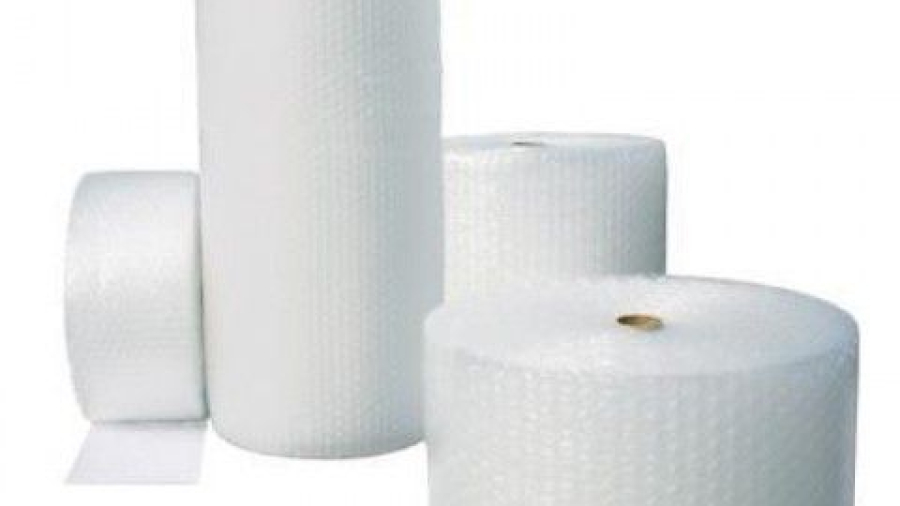Bubble wrap has a rich history and has evolved to meet the changing needs of the UK’s packaging industry. Understanding its origins and modern applications provides insight into its enduring significance.
The Origins of Bubble Wrap
Bubble wrap was invented in 1957 by Alfred Fielding and Marc Chavannes, who initially intended it to be a new type of textured wallpaper. When this idea failed to gain traction, they repurposed the material for packaging, recognizing its potential to protect items during shipping. Sealed Air Corporation, the company they founded, began producing bubble wrap commercially, revolutionizing the packaging industry.
Bubble Wrap’s Impact on Packaging
The introduction of bubble wrap transformed the way items were packaged and shipped. Its cushioning properties provided superior protection compared to traditional methods, reducing damage and loss. Businesses across various sectors quickly adopted bubble wrap UK , from electronics manufacturers to glassware producers.
Modern Applications of Bubble Wrap
Today, bubble wrap’s applications extend far beyond traditional packaging:
- E-Commerce: With the rise of online shopping, bubble wrap has become essential for ensuring that goods arrive safely at customers’ doorsteps. Its lightweight nature helps reduce shipping costs while providing reliable protection.
- Moving and Storage: Bubble wrap is a staple in the moving industry, protecting household items during transit. It is also used for long-term storage, preserving the condition of belongings.
- Creative Industries: Artists and designers utilize bubble wrap for creating unique artworks and installations. Its distinctive texture and flexibility make it a versatile material for creative expression.
- Therapeutic Uses: The sensory experience of popping bubble wrap has been found to relieve stress and anxiety. It is used in therapeutic settings to help individuals manage their mental health.
Innovations and Sustainability
The packaging industry continues to innovate, with a focus on sustainability. Eco-friendly bubble wrap options, such as those made from recycled or biodegradable materials, are gaining popularity in the UK. These alternatives reduce environmental impact while maintaining the protective qualities of traditional bubble wrap.
Conclusion
Bubble wrap’s journey from a failed wallpaper concept to a packaging staple highlights its adaptability and enduring value. In the UK, it remains a vital tool for protecting goods, supporting various industries, and even serving creative and therapeutic purposes. As innovations continue to enhance its functionality and sustainability, bubble wrap will undoubtedly remain a key component of the packaging industry for years to come.


